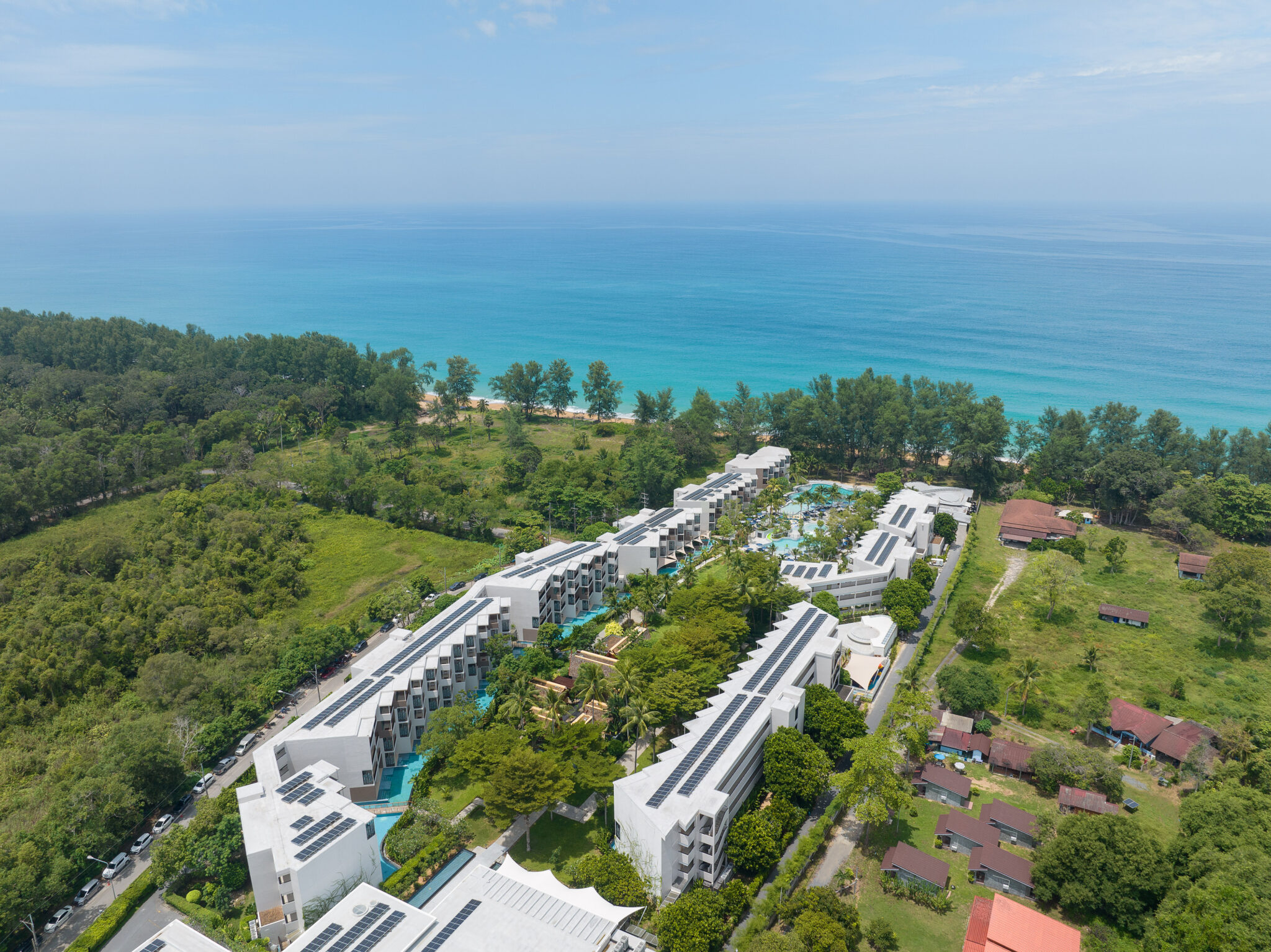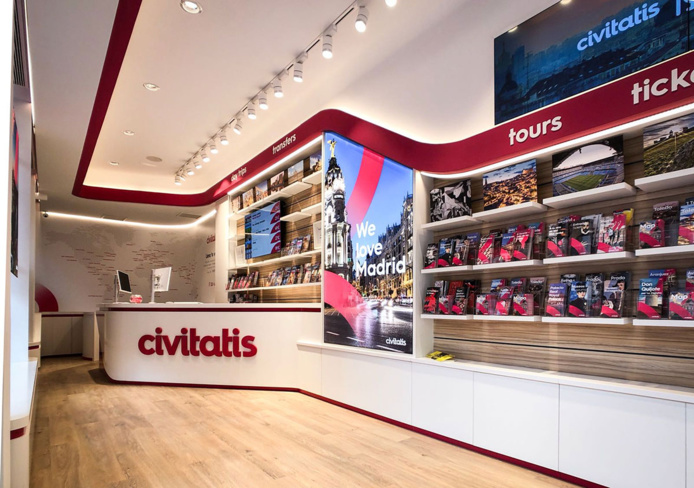Following the return of direct long-haul flights to Florida and Mexico this summer and the announcement of flights to the Dominican Republic in 2018, Bristol Airport has reaffirmed its ambitions to secure further long-haul routes.

The airport says it is confident that the success of TUI’s flights using the Boeing 787 ‘Dreamliner’ demonstrate the potential for more destinations beyond Europe in future.
Bristol Airport’s runway is certified for Code E aircraft, a category which includes the A330 as well as the Dreamliner. This brings destinations across North America, the Caribbean, the Middle East and even parts of the Far East into range. Daily flights to New York operated in the past, before falling victim to the global financial crisis and retrenchment in the airline market. However, the Airport’s strong growth since (Bristol is the only major UK airport to have increased passengers every year since 2009) suggests that long-haul routes are a realistic prospect again.
In addition to existing direct long-haul flights, more than 100,000 passengers travel between Bristol and long-haul destinations via major international hubs including Amsterdam, Brussels, Dublin, Frankfurt and Munich operated by carriers such as Aer Lingus, Brussels Airlines, KLM and bmi regional.
Major investment in the South West, including the development of Hinkley Point C in Somerset, is expected to further boost demand for business travel to and from the region, while initiatives to promote inbound tourism, such as the recently announced Regional Gateway partnership between Bristol Airport and VisitBritain, are set to increase the South West’s profile in overseas markets.
Nigel Scott, Business Development Director at Bristol Airport, said:
“The strong short-haul network available from Bristol is a real asset to the region we serve, but we know businesses in the South West are also looking beyond Europe for new opportunities to trade. That is why we are working hard with existing airline partners to increase the frequency of services to major hubs, as well as exploring the potential for more direct long-haul services east and west. A level playing field on rates of Air Passenger Duty remains vital to achieving these ambitions.”
Having invested more than £160 million in new infrastructure and facilities since 2010, the airport is ell positioned to serve passengers across the South West of the UK, and also provides a gateway to the region for international visitors.
Throughout 2017, it will be celebrating 60 years at its current site and will begin on an updated Master Plan which will consider how best to meet growing demand for air travel to and from the South West and South Wales over the next two decades. The views of customers, employees, neighbours and others stakeholders will be vital in helping to shape the Airport’s vision for the future.



 share
share























































